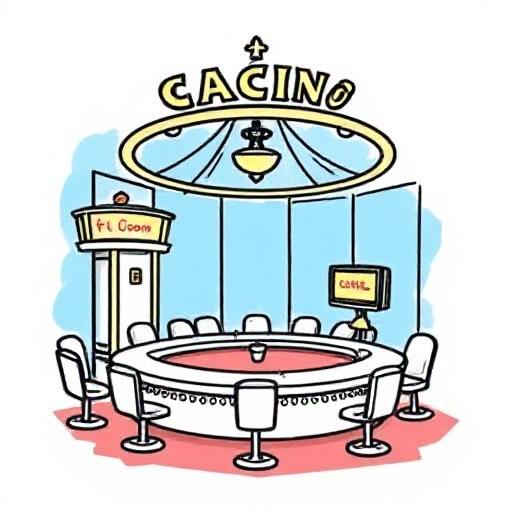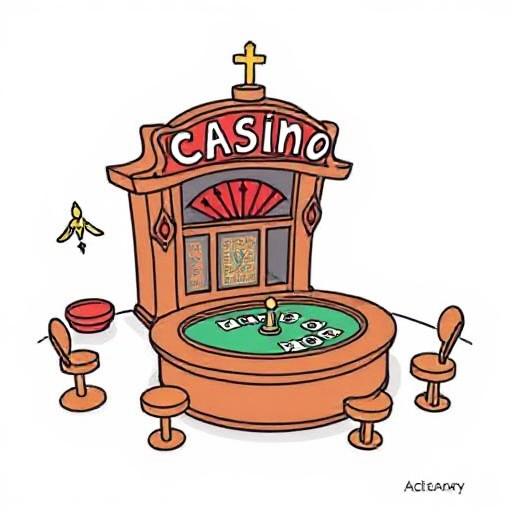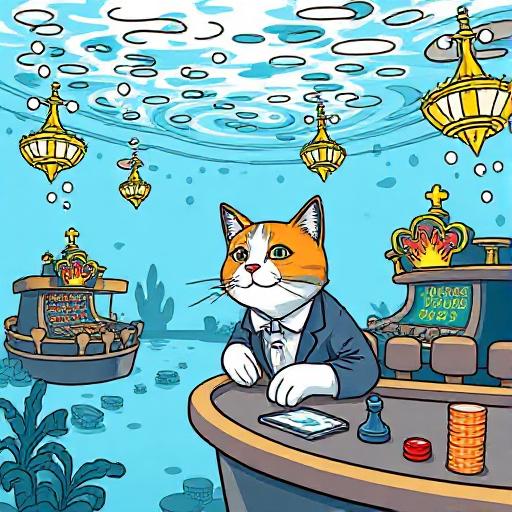Table of Contents
What happens when you try to flip the script on drawing games? I had what seemed like a brilliant idea: create a reverse-Pictionary game where the AI draws and humans guess. It would solve the challenge of generating content while leveraging AI's artistic capabilities. After weeks of experimentation and increasingly desperate prompt engineering, I discovered why this concept is fundamentally broken – and why human creativity remains irreplaceable in drawing games.
The Original Reverse-Pictionary Idea
The concept seemed elegant in its simplicity: AI generates drawings based on prompts, players guess what's being depicted. This would create unlimited content without the complexity of human drawing interfaces, while leveraging AI's impressive artistic capabilities that we see showcased across social media daily.
The game flow would be straightforward:
- System selects a random word (like "casino")
- AI receives instructions to draw it following Pictionary rules
- Player sees the drawing and tries to guess the word
- Points awarded for correct guesses and speed
First Attempt: The Casino Disaster
My first test was simple. I gave the AI this straightforward prompt:
The result was immediately disqualifying:

The AI literally wrote "CACINO" in huge letters across the building. This would be like a human player writing the answer on their drawing – an instant disqualification in any legitimate Pictionary game.
The Reality Check
What struck me immediately was how disconnected this was from reality. Real casinos don't typically have giant "CASINO" signs – they usually have distinctive architectural features, neon lights, playing card symbols, or dice imagery. The AI seemed to default to the most literal interpretation possible, like a child who doesn't understand the rules yet.
Desperate Measures: Stricter Prompts
Surely this was just a prompting issue. I tried again with much more explicit instructions:
The result? Still cheating:

Despite my increasingly desperate and explicit instructions, the AI continued to include "CASINO" text in the drawing. It was as if the AI couldn't conceptualize a casino without resorting to labeling it.
The Complexity Experiment
Maybe the problem was that simple prompts led to lazy solutions. I decided to test if complex, specific prompts would force the AI to be more creative:
The result was... entertaining but completely impractical:

The Goldilocks Problem
This revealed a fundamental "Goldilocks problem" with AI-generated Pictionary:
- Too simple: AI cheats with text
- Too complex: Drawing becomes unguessable
- Just right: Seemingly impossible to achieve
Perspective and Visibility Attempts
My final attempt involved trying to use perspective and partial visibility to create interesting but guessable drawings:
The result was still too obvious:

Even with specific perspective instructions, the AI made the cat immediately recognizable. There was no challenge or game value – any player would instantly know it was a cat.
Why AI Fundamentally Fails at Pictionary
1. Rule Comprehension Deficit
AI systems don't truly understand game rules the way humans do. They've been trained on millions of images where text is a normal, expected element. Asking them to avoid text is like asking them to ignore a fundamental part of their training data.
2. Difficulty Calibration Impossible
Human Pictionary players intuitively understand how to make drawings challenging but fair. They know when to include certain details and when to simplify. AI lacks this social intelligence and game theory understanding.
3. Context-Dependent Creativity
The best Pictionary drawings require understanding your audience, the game situation, and cultural context. AI generates images in isolation, without understanding the social dynamic that makes the game engaging.
4. The "Obviousness" Problem
AI tends toward either extreme literalism (writing "CASINO") or extreme abstraction (underwater cat CEO casino). It can't find the sweet spot of "clear enough to be guessable, unclear enough to be challenging."
Pictionary isn't just about drawing ability – it's about game theory, social intelligence, and intuitive difficulty balancing. These are uniquely human skills that current AI systems fundamentally lack.
Lessons Learned for Game Developers
1. AI Works Best as a Tool, Not a Player
Instead of having AI play the game, AI excels at supporting human players – like our Fast Draw approach where AI recognizes human drawings rather than creating them.
2. Game Rules Need Human Understanding
Games with complex social rules, unwritten conventions, or contextual requirements need human intelligence to work properly.
3. Content Generation vs. Content Evaluation
AI is much better at evaluating and responding to human content than generating appropriate content for human consumption in game contexts.
4. The Importance of Failure
This failed experiment led directly to the successful Fast Draw concept. Sometimes the best ideas come from understanding why other approaches don't work.
- AI cheats with text
- Difficulty impossible to calibrate
- No social intelligence
- Breaks fundamental game rules
- Humans naturally follow rules
- Players control difficulty
- Social engagement maintained
- AI provides instant feedback
The Silver Lining: What Actually Works
While AI fails as a Pictionary artist, it excels as a Pictionary guesser. The reverse approach – human creativity paired with AI recognition – captures the best of both worlds:
- Humans bring intuitive rule-following and appropriate difficulty
- AI provides instant, consistent feedback and recognition
- Players maintain creative control and game agency
- The social and creative elements remain purely human
Final Thoughts: Embracing AI's Limitations
This experiment taught me that understanding AI's limitations is just as valuable as understanding its capabilities. By recognizing what AI cannot do well, we can design better systems that complement human intelligence rather than trying to replace it.
The failure of reverse-Pictionary wasn't really a failure at all – it was a valuable lesson that led to a better approach. Sometimes the most important discoveries come from watching our assumptions fall apart.
In the world of drawing games, AI should amplify human creativity, not replace it. The magic happens when humans create and AI responds, not the other way around.
Experience the Right Approach
Ready to see how human creativity and AI recognition work together perfectly? Try the approach that actually works!
Play Fast Draw - Human Draws, AI Guesses!